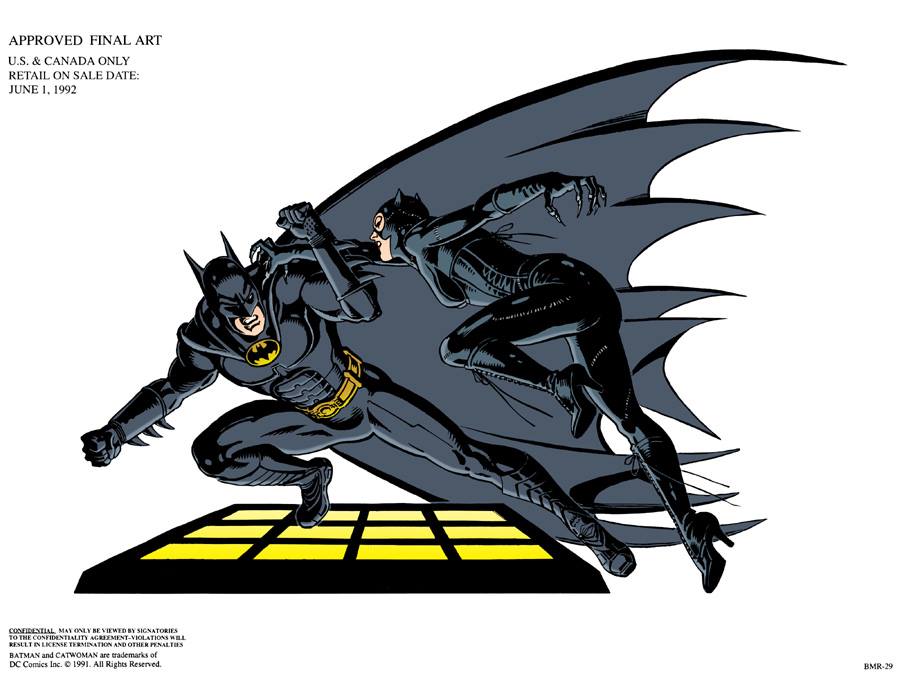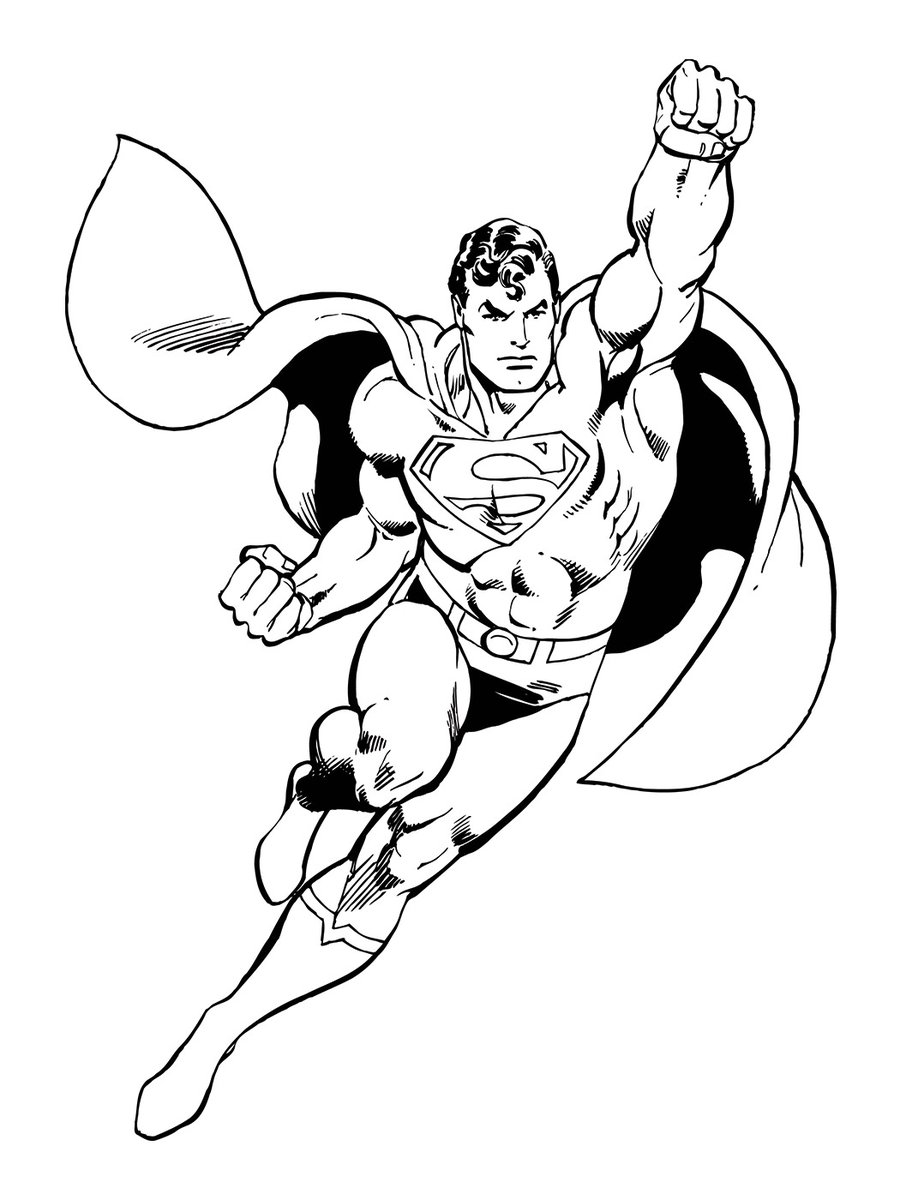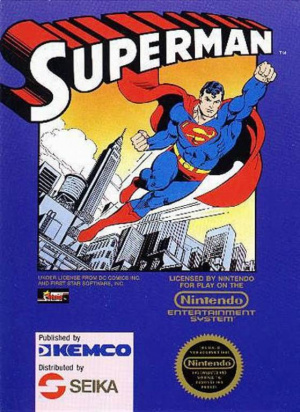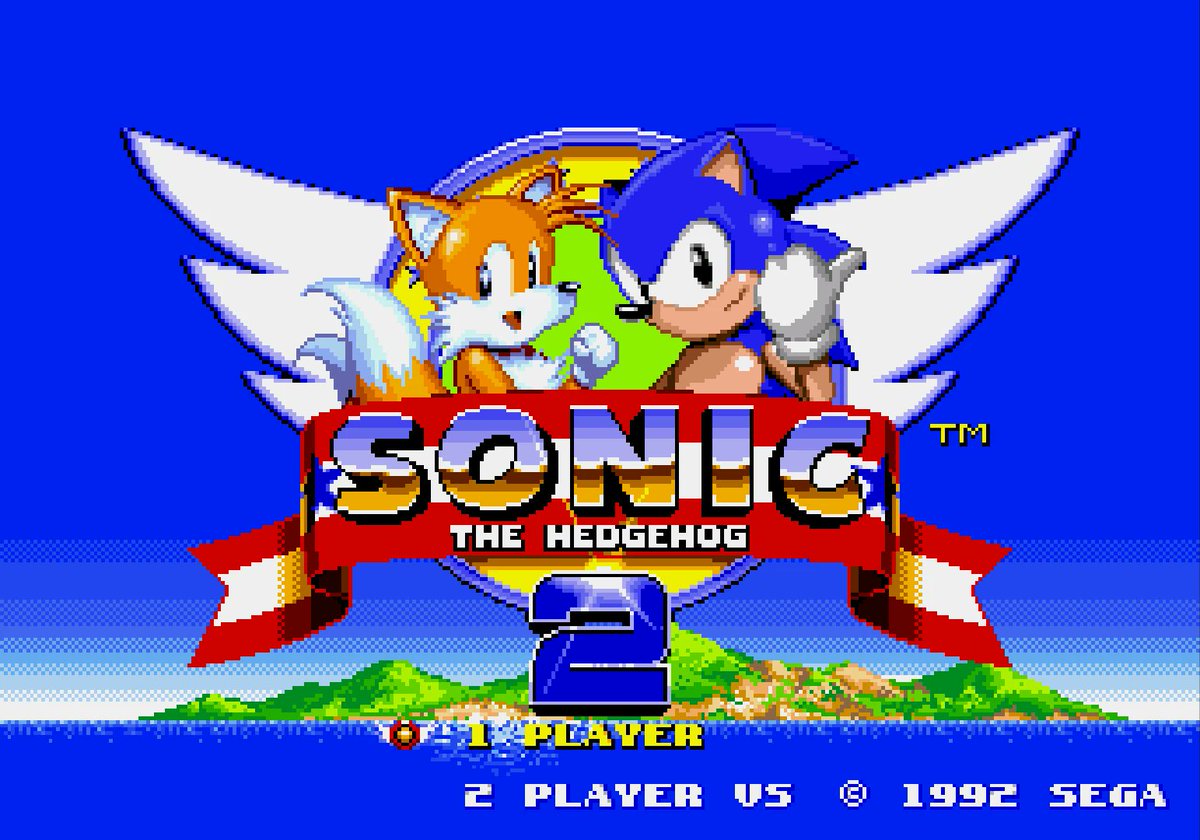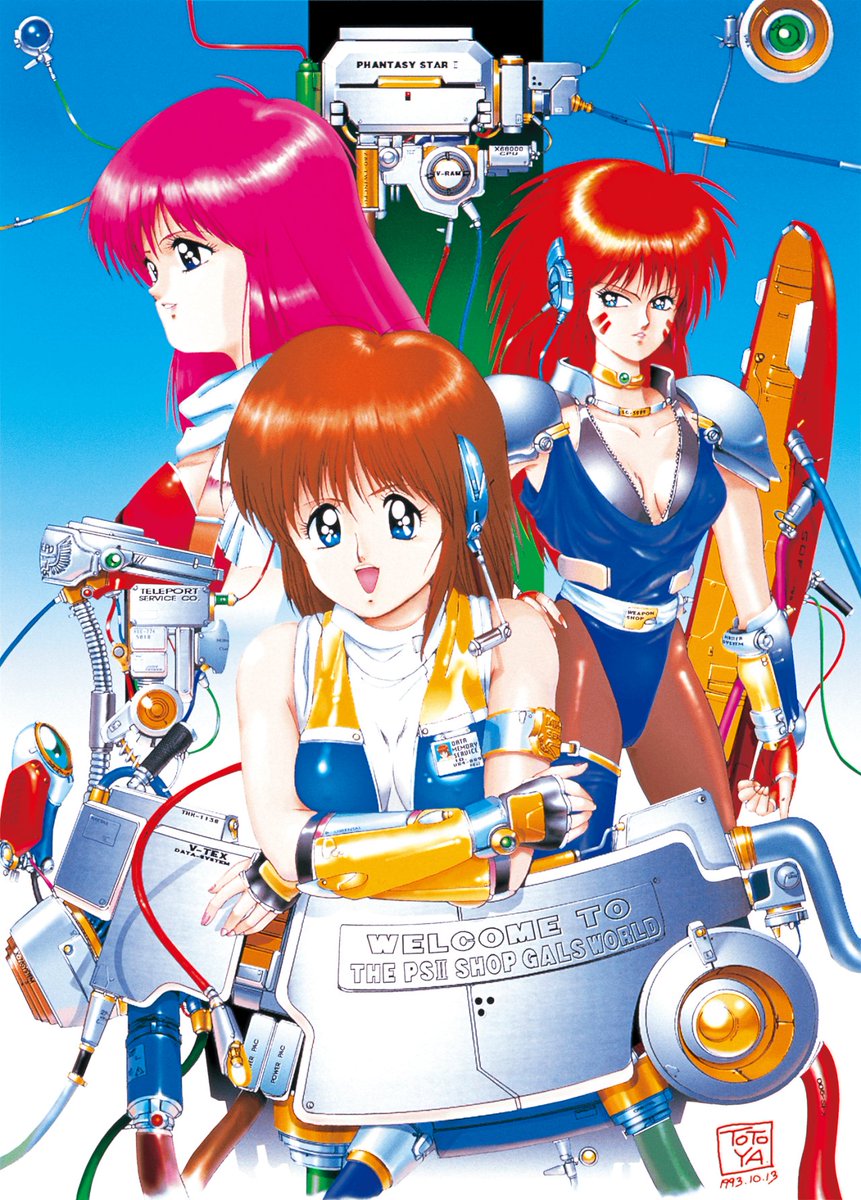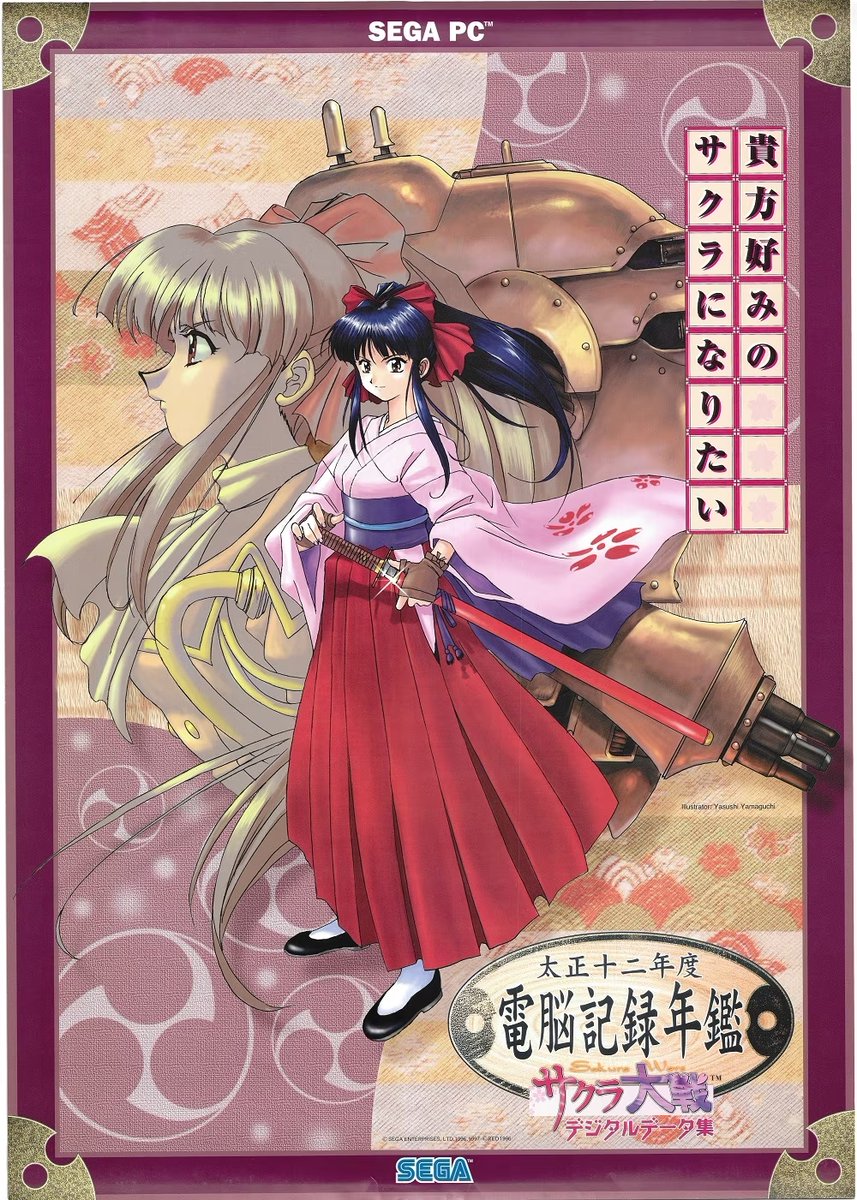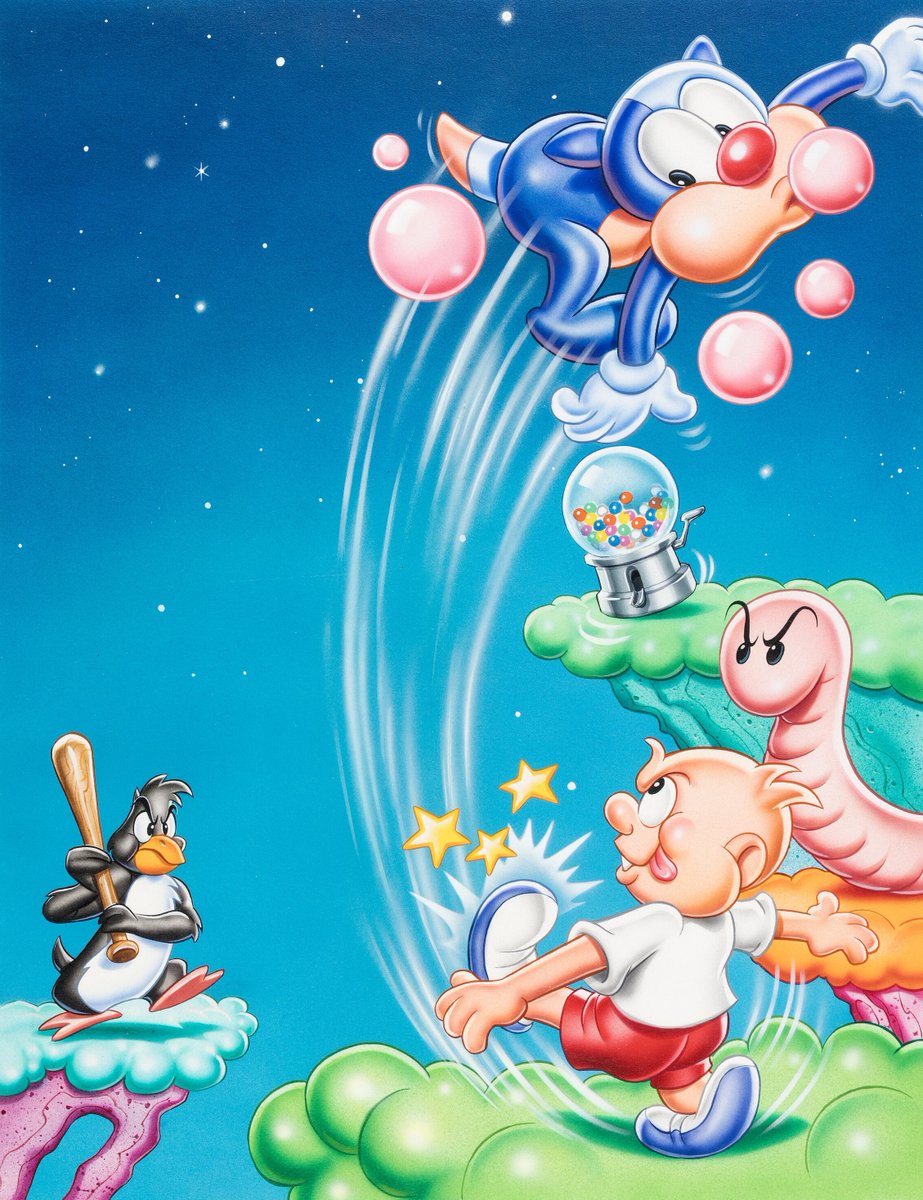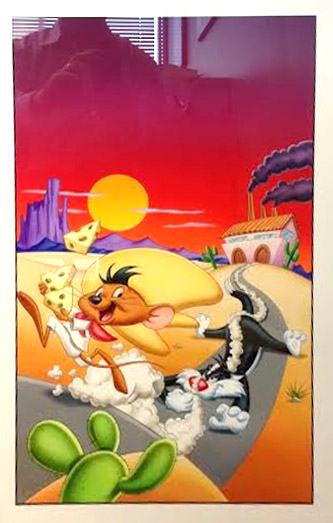For the past few days, Osamu Muto has been posting on Twitter some of the cover illustrations he has created in the past, starting with Ragnacenty, the Japanese version of Soleil / Crusader of Centy:
https://twitter.com/ekaki_samu/status/1305529519495761920
Osamu Muto did a lot of cover art for Sega in the late 80s-early 90s, including the Japanese exclusive Tatakae! Pro Yakyū Twin League
https://twitter.com/ekaki_samu/status/1306885143877939201
Osamu Muto won a prize for the cover of the Japanese version of Ecco II (released in 94). Sega gave him the OK to make a digital cover so he drew the dolphin on paper then scanned it and painted the cover on Photoshop, using the Kai's Power Tools plugins.
https://twitter.com/ekaki_samu/status/1307938602874142720
Another Mega Drive game whose cover illustration was created by Osamu Muto: Tanto R.
After determining the composition he wanted for this illustration and finishing the sketch, the colorization was done in about one day with an airbrush.
After determining the composition he wanted for this illustration and finishing the sketch, the colorization was done in about one day with an airbrush.
https://twitter.com/ekaki_samu/status/1310412033519579136
Osamu Muto is credited for the cover art of the Mega Drive version of Wonder Boy III: Monster Lair in the book Sega TV Game Genga Gallery. He is also credited on the back of the Japanese cover of Dynamite Headdy. 



Osamu Muto did the cover art for Pepenga Pengo. He suggested to Yoshihiro Sakuta (then in charge of packaging design at Sega) to add/hide Sonic, a character he had already drawn and which is the same color as Pengo.


https://twitter.com/ekaki_samu/status/1312772385649557504


Osamu Muto did many illustrations for arcade ports such as the Master System version of Forgotten Worlds, painted with a brush.
https://twitter.com/ekaki_samu/status/1314809763016830976
Osamu Muto was also in charge of the cover art of the Japanese version of Space Harrier for 32X, painted with an airbrush and liquitex on a Crescent drawing board. You can see his signature on the bottom right.

https://twitter.com/ekaki_samu/status/1314857969469714432

Osamu Muto's signature can be seen on the manual cover of the Japanese version of DJ Boy for Mega Drive as well as on an alternate cover of the European version of Laser Ghost. 



Osamu Muto designed several Sonic illustrations for a 1994 calendar. According to this page, it was made in collaboration with Naoto Ohshima.
sonic.fandom.com/wiki/SegaSonic…



sonic.fandom.com/wiki/SegaSonic…
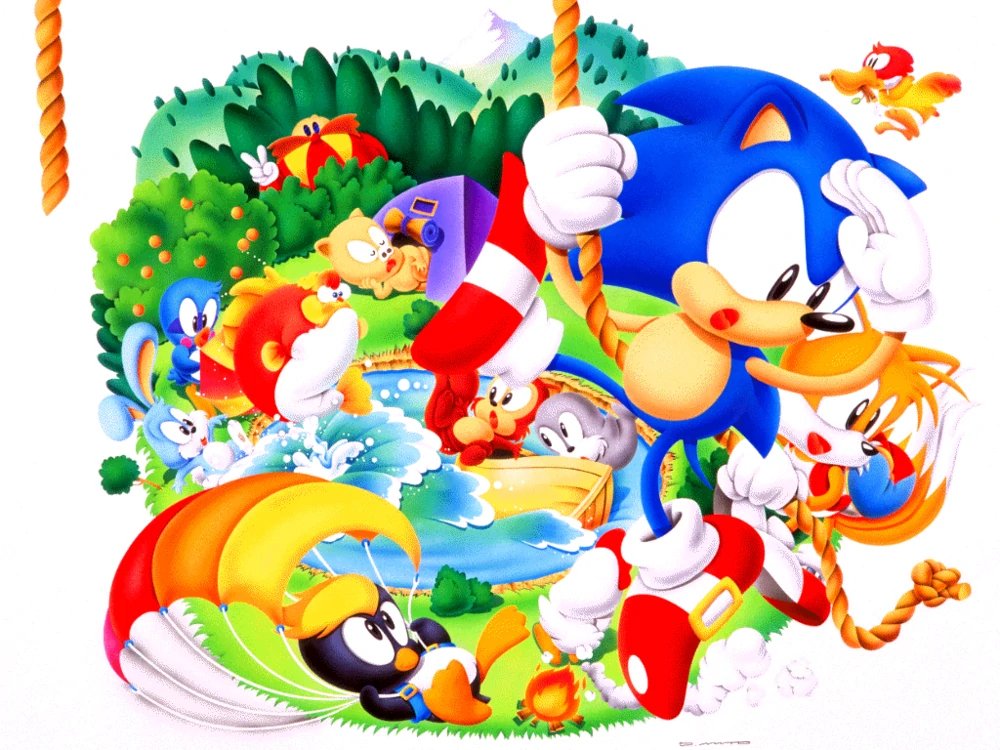



Sonic 2 illustration painted by Osamu Muto, used for the cover of the Sonic the Hedgehog Book as well as in ads published in Japanese and South Korean magazines.
info.sonicretro.org/Sonic_the_Hedg…
info.sonicretro.org/Sonic_the_Hedg…
https://twitter.com/ekaki_samu/status/1480435373683929093
Osamu Muto / 武藤修 confirmed to me that he did the cover art for the Master System game Basketball Nightmare. He painted it with an airbrush in less than 2 days once the rough sketch was ready. 

I also asked Osamu Muto about 3 other Master System games not released in Japan: Psycho Fox, Summer Games and World Games. He answered: "Yes, some of these works are slightly blurred in my memory, but I think I drew them." 





• • •
Missing some Tweet in this thread? You can try to
force a refresh








